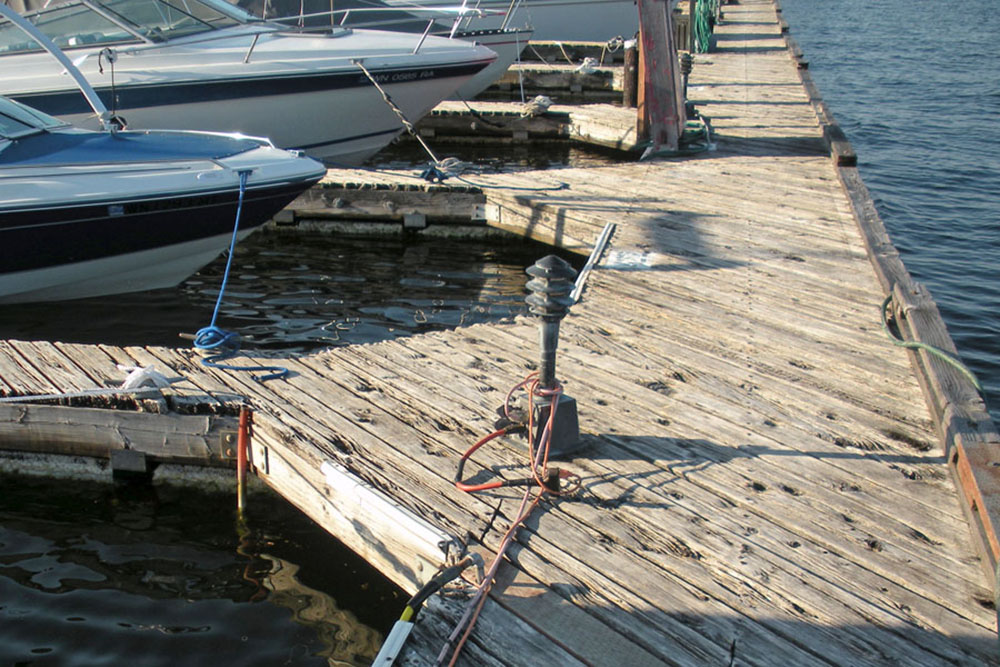Older Deteriorated Wood Dock and Utilities
Ask anyone who has built a new dock facility how the process from start to finish was and you will likely hear a range of responses from “It was quite a challenge” to “I’ll never do that again.” While building a new structure on land can have its challenges (wetlands, poor soils, limited access, and transportation connections to name a few), imagine a structure that has all those same issues but also is subject to waves, currents, corrosion, and ship impacts, and requires barge-mounted equipment to construct. Imagine this same structure is being built in waters that belong to all citizens, is in Tribal Usual and Accustomed Fishing Grounds, is in an area designated for major cleanup and preservation, and has endangered species such as salmon and Orca’s swimming by and Marbled Murrelets feeding nearby and you can begin to imagine the challenges facing new dock construction today.
As industries and shipping companies have consolidated and clients with mixed-use needs have embraced the waterfront, fewer new dock facilities are being built. Combine this factor with the relatively high cost of building structures in the water and the current economic slowdown, and the result is that many dock owners are examining how they can best preserve and protect their valuable existing dock facilities. Owners are looking to maximize a dock’s design life to provide extended years of service rather than building a whole new structure. This is true whether the dock is a large commercial pier or a small float providing moorage for recreational vessels.
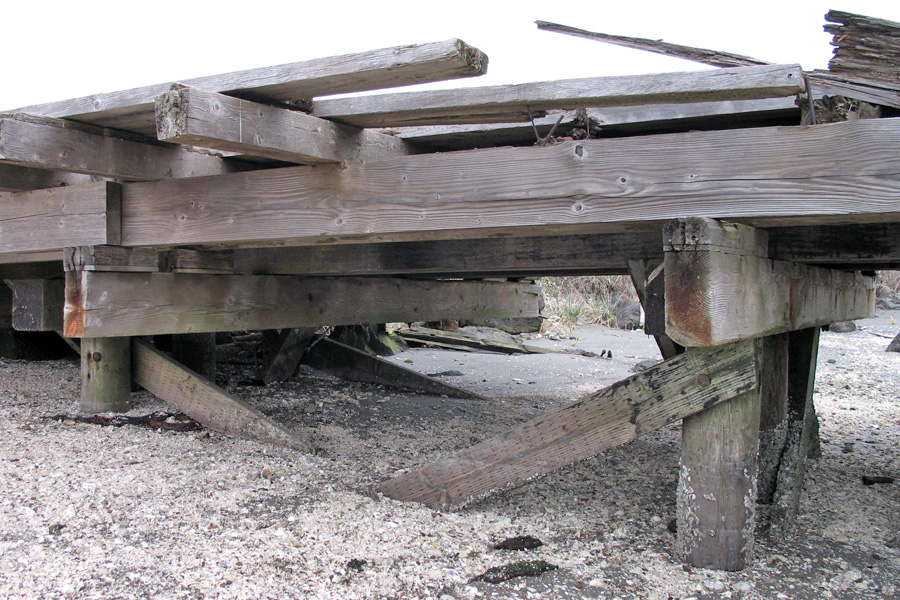
The key to extending the use of a dock facility is maximizing the design life through routine inspections and maintenance. A properly maintained structure will provide safe operational service for many years. An improperly maintained structure can experience extensive damage if subject to overloading—particularly during storm events, ship collisions, or other major occurrences. Timber and flotation members that have even minor deterioration will be subject to increased deterioration rates from marine borers and even from otters creating nests in the deteriorated foam.
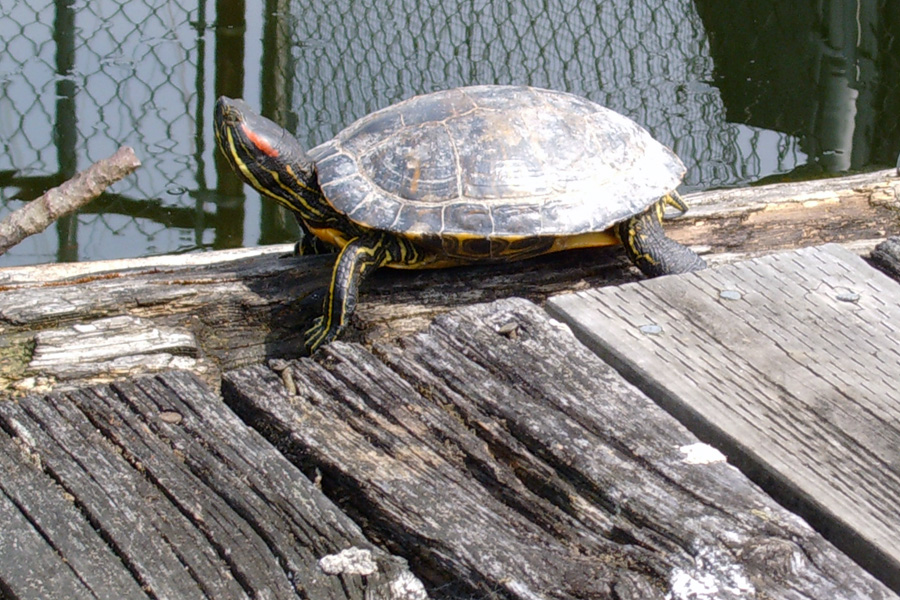
The first step of a good dock maintenance program is to establish a regular series of inspections of the facility. Regular inspections help identify the rate of deterioration of elements of the structure. Clear identification and numbering of various dock elements is important in comparing the inspection results year to year in order to determine the rate of deterioration of individual members. A detailed map of the structure identifying each pile, pile cap, stringer and decking configurations, float units, utility systems, and other appurtenances is important. This map and numbering system can provide a critical baseline for comparing the condition of each element as time passes.
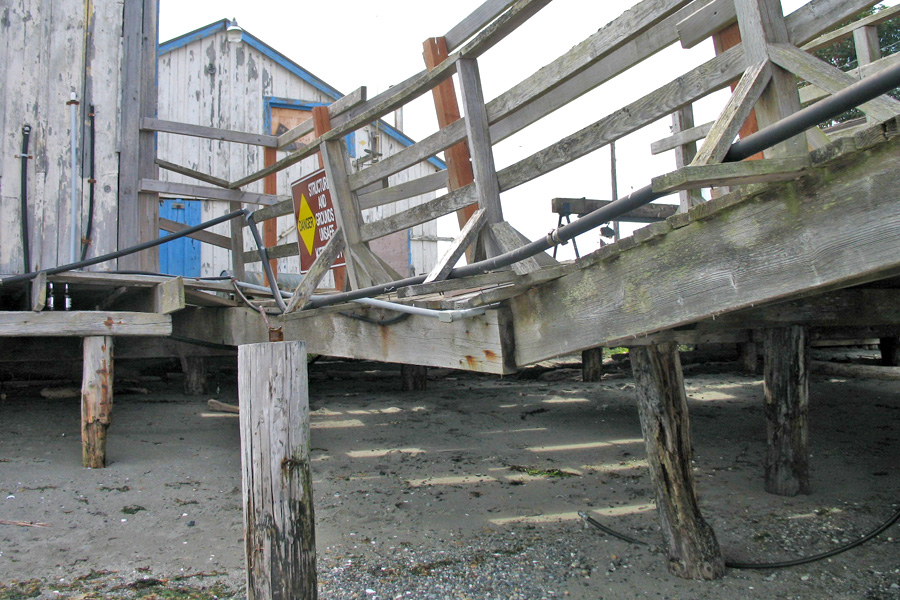
Without routine inspections and maintenance, a dock facility could experience accelerated deterioration and become unsafe. Deteriorated protective coatings may result in increase corrosion of steel piling and anchor systems. Missing piling may result in larger spans creating stresses and damage to other structural members. Routine maintenance and inspection will go a long way in preserving the operations and safety of a facility.
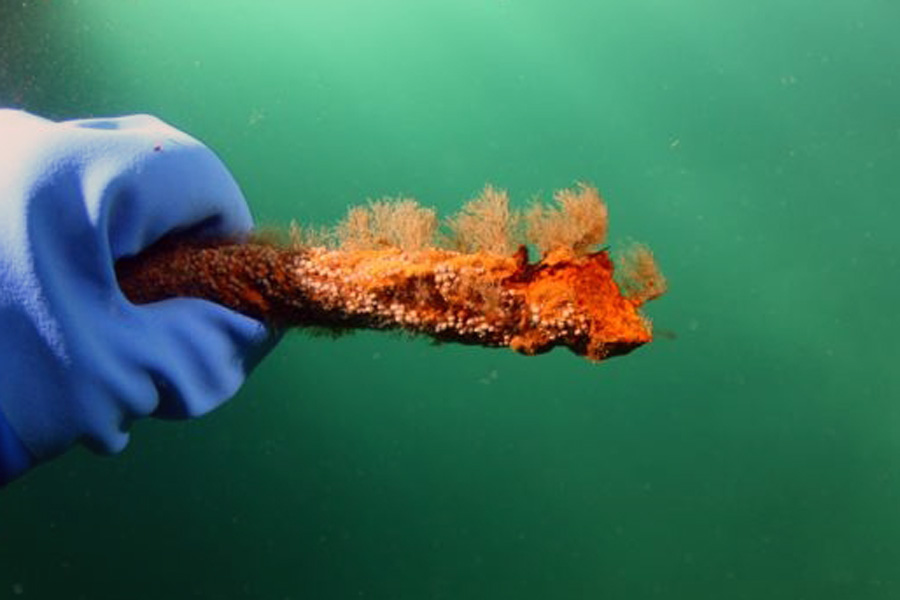
Major inspections should also be done at regular intervals and should include all structural components, utility systems, and appurtenances, as well as an underwater inspection. The American Society of Civil Engineers (ASCE) recommends conducting major inspections every five years. Maintaining a clean facility will assist in inspections since the members will be more readily visible without growth, moss, and debris potentially hiding damaged utilities and structural members. In addition to conducting major inspections, annual inspections of dock structures should also be done. These annual inspections should include a visual walkthrough of all systems.
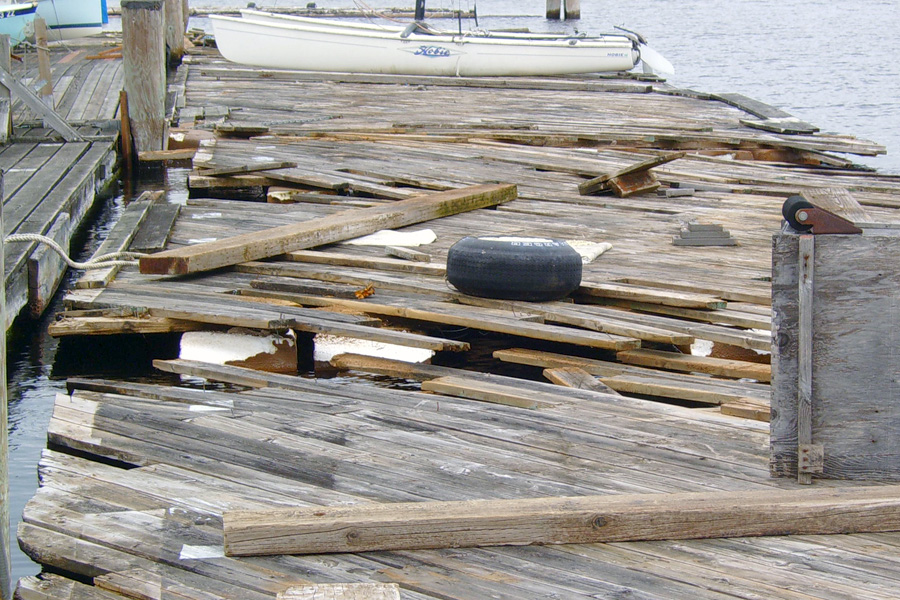
Because of the costs, permitting requirements, and lack of available waterfront properties, construction of new dock facilities is limited. This makes existing docks an extremely valuable asset. Due to the high cost of replacement, the difficulty in permitting new structures, and the current economy, many owners are focusing on preserving and extending the life of their dock facilities.
Preserving the life of a dock takes regular and detailed inspections, addressing and replacing elements as they deteriorate, and upgrading utilities and appurtenances such as ladders and services to meet operational and updated code demands. By investing regularly in dock maintenance, an owner can continue to provide services and utilize the dock for many years.

